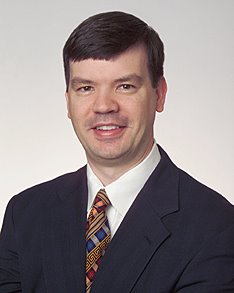
A whole new area of Plastic Surgery has exploded within the last 5-7 years, that being the treatment of the massive weight loss (MWL)patient after the various Bariatric (weight-loss)surgeries being performed. These patients present a whole range of new problems that were poorly addressed by many standard techniques in body contouring surgery.
The attached picture is from Dr. Al Aly's book that focuses on the treatment of their unique deformities. What it so illustrative by this picture is the sheer variety of body shapes that people present with after MWL. They came in all sizes from the still obese to those resembling a shar-pei dog with loose skin hanging everywhere off an emaciated frame. Plastic Surgery meetings have now even been developed that focus only on educational efforts with these patients.
The scale of some of these surgeries can be staggering (not to mention the cost) and can take many hours and multiple stages. These patients also are at very high risk for complications, including pulmonary emboli and frustratingly persistent fluid collections (seromas)requiring multiple treatments.
It was interesting during my training, that I was in the middle of my Surgery residency the development of the modern techniques of both the weight loss operations (the Laparoscopic gastric bypass and the Lap-Band procedures) followed by the MWL explosion during my Plastic Surgery training. This has made the transition to working on these patients much less intimidating to me then it is to many surgeons who trained in years past.
Right now I'm seeing 5-6 new candidates for post-bariatric treatment weekly which has been enjoyable. What is getting more difficult is the limitations of what I'm able to offer these patients. Insurance reimbursement for these cases does not reflect the time, effort, and risk assumed to do these MWL procedures. In addition, many insurers are now refusing to pay for the body rehabilitation at all. This is fine, but a lot of these patients do not have the means to finance the many thousands of dollars this costs out of pocket.






No comments:
Post a Comment